Last year, when The New York Times digitized millions of their archival photographs, their editors recognized a recurring theme: dogs were everywhere. They appeared in the style pages, but they also cropped up in more unexpected places—like the sports sections and weather reports.
For decades, animals—and their relationships with humans—have been a fixture of mainstream media, and if the last decade has taught us anything, it’s that they aren’t going anywhere.
For the last few years, Instagram has posted a new animal photo every week as part of their #WeeklyFluff series. These days, pet influencers can bring in thousands of dollars with a single branded post on social media. The commercial sphere is taking note and incorporating animals in fresh and attention-grabbing ways; in recent years, for example, animal-centric Super Bowl ads have gained momentum—and graced international headlines.
2020 is an exciting time to be a commercial photographer, and brands around the world are seeking relatable, candid images of animals in their element. Here are some quick tips for selling your animal photos as commercial stock photography.
Look close to home
Animal photographers might feel tempted to seek out exotic creatures at zoos and aquariums, but these are ticketed locations, and as such, they might be unacceptable for commercial Licensing. If you have your heart set on wildlife, photograph them in their natural habitats so you don’t run into the copyright and property issues that often accompany animals living in captivity.
Also, remember that you don’t need to book an expensive safari trip to create marketable photos of animals; instead, consider working with your own pets or those of friends and family while building your portfolio. A casual game of fetch or walk outdoors can pose the perfect opportunity to get some great lifestyle shots.
Include people
Speaking of lifestyle shoots, adding a (human) model can instantly boost the commercial viability of your images. Buyers crave photos that tell stories, and honing in on the connections between people and animals can give your work an added layer of emotional resonance. Focus on moments and interactions that capture that lifelong bond between people and their pets.
When working with pets alone, you’re unlikely to need a model release—unless there are unusual circumstances, like if the individual animal is famous—but you always need one for photos of recognizable people. Make the signing process quick and painless by keeping a stash of 500px model releases on hand for your shoots. Remember: children and pets share a special bond and make for cute, timeless photos, but anytime you include a minor, you need a parent or guardian’s signature.
Highlight relationships
Friendships between humans and animals aren’t the only way to tap into popular and commonly-searched themes like “trust” and “loyalty.” In recent years, relationships between unlikely species—including the bonds between a rat and a dog and a piglet and a pup—have taken over Instagram feeds and won hearts around the globe.
If your cat and dog can’t stop napping together or your friend’s horse and goat share a special connection, tell that story in your photos. If you need any more convincing about the power of interspecies friendships, think of Budweiser’s 2014 “puppy love” commercial—the most popular Super Bowl ad to date—or Android’s “Friends Furever” commercial, which ranked as the most-watched ad of 2015.
Keep it natural
Animals are most comfortable in their own environments, so if the opportunity presents itself, consider photographing pets at home, in the backyard, or at a favorite park. Give your models (human and otherwise) the freedom to explore their surroundings; be patient, and keep an eye out for natural, spontaneous moments.
Today’s buyers look for authentic, relaxed images, so take the time to ensure the animal is comfortable and happy on set. If he or she isn’t used to the camera, get on the ground, and introduce yourself first. Work on the animal’s terms; if you allow them to play and enjoy their time on set, they will gift you with images that feel real and genuine.
If you’re shooting on private property—including a backyard or house—you need a signed property release to license your photos commercially. Contact the owner before your session to make sure you have their official permission. Even small but recognizable details in the background of your photo can prove problematic without a release.
Get conceptual
Animals are universal, and they frequently appear in ads for companies that don’t have anything to do with animals (think: the Geico gecko, the Target bull terrier, or the Energizer bunny). These animals aren’t just cute faces; they also have defined personalities that tap into our emotions.
Your animal photos could appeal to a pet food brand, of course, but they could also resonate with any number of fields and industries. Keep your options open by tapping into ideas and themes that all kinds of clients might want to illustrate.
When photographing animals, think of some conceptual keywords and phrases you can add to your pictures; buyers often search terms like “teamwork,” “family,” “acceptance,” and “love,” all of which can be applied to pictures of animals. Photos of animals interacting with people and other species can also represent “togetherness” and “unity” in the face of difference—a common theme in today’s cultural and commercial climate.
Stand out
Dogs and cats are always trendy, but they don’t get all the fun. Animal photography can also include other species like hamsters, guinea pigs, rabbits, birds, pet rats, ferrets, snakes, and turtles—all creatures with whom we share our lives and homes. More people are also taking in and fostering or adopting rescued farm animals like chickens and pigs, and these are all areas to explore.
Even an unusual dog or cat can give your photos a creative edge, so look for unique personalities and unlikely traits. Rescues, mixes, and rare breeds can make your pictures stand out to buyers.
Of course, any unusual or “exotic” pet in your photos must be legal to own; wild animals or endangered species aren’t suitable for owning, and they’re not appropriate for lifestyle photoshoots either.
Beyond the scope of domestic animals and pets, look into wildlife in your area; bears in a local park or curious deer in your backyard can also work as interesting and marketable subjects—especially if you’re one of just a few people who have access to them.
Stay ethical
Consumer awareness about animal welfare is on the rise, with more people pushing for vegan ingredients and an end to animal testing. According to research from Neilsen, 73% of millennials will pay more for products they know are sustainably made, without inhumane practices. Brands are following suit, with leading fashion houses vowing to go “fur-free,” and experts predict leather might be next on the chopping block.
This movement towards the fair treatment of animals has implications for commercial photographers as well. Animals are not props, so avoid cruel situations, including tourist destinations where you can ride an elephant or pet a tiger cub. In recent years, Easter-themed photoshoots incorporating live bunnies and ducklings have also raised serious ethical concerns, so use care and caution when handling animals—especially if they are young or fragile.
Study animal behavior, even if you’re working with domestic species, and learn to read body language for signs of fear or discomfort. Always provide access to water on set. Do your research and make sure the animals in your photos receive proper care before, during, and after your shoot. As brands grow more conscious of animal welfare—and its effect on their bottom-line—the demand for humane and ethical photography will grow with them.
Not on 500px yet? Click here to learn about Licensing with 500px.

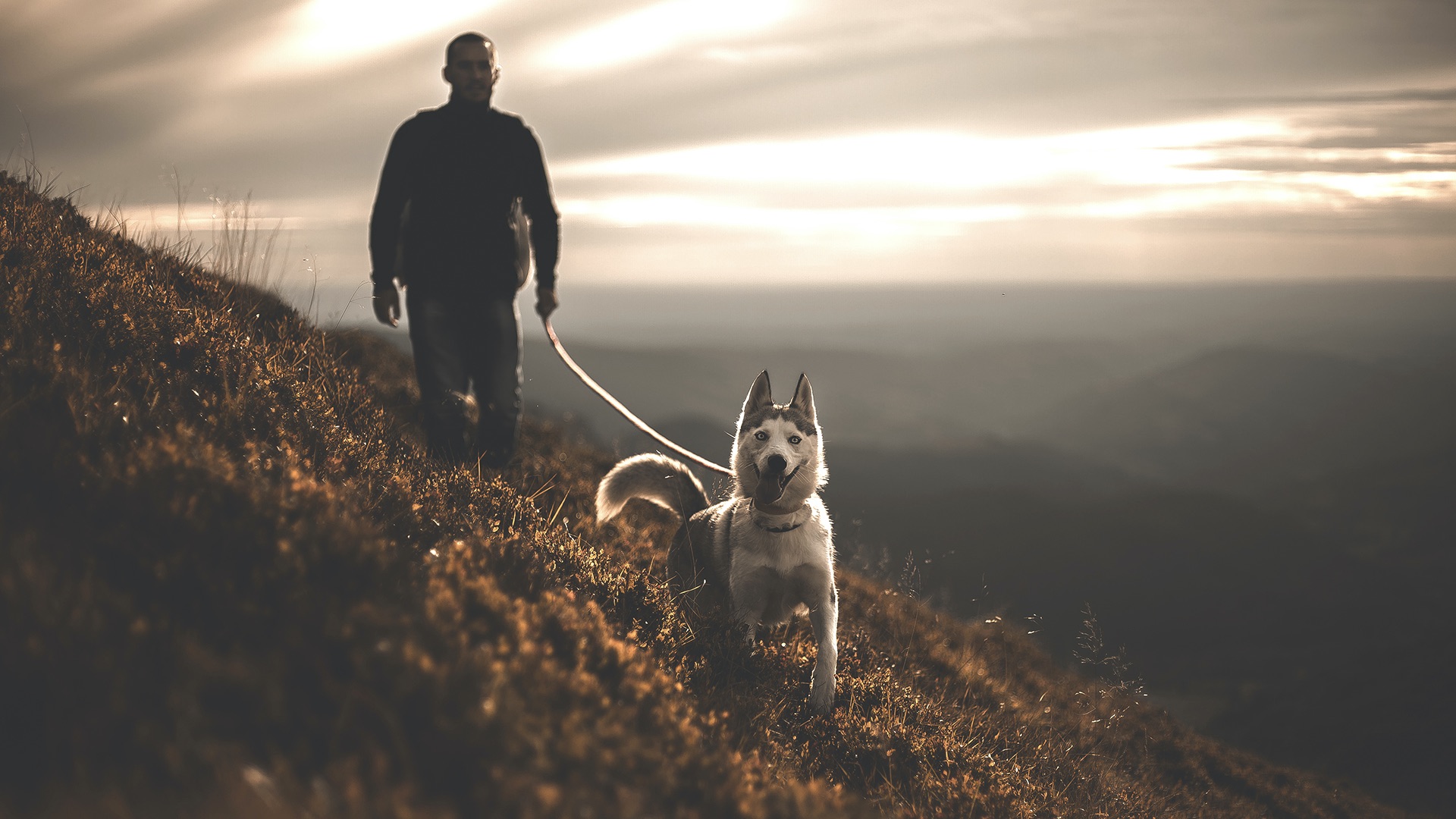
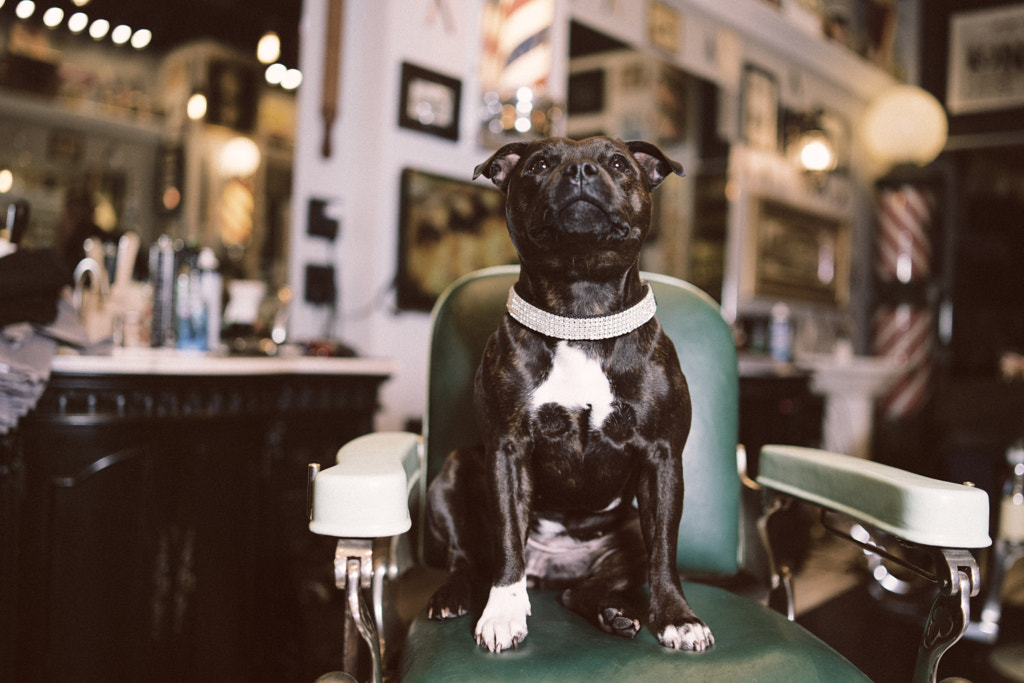
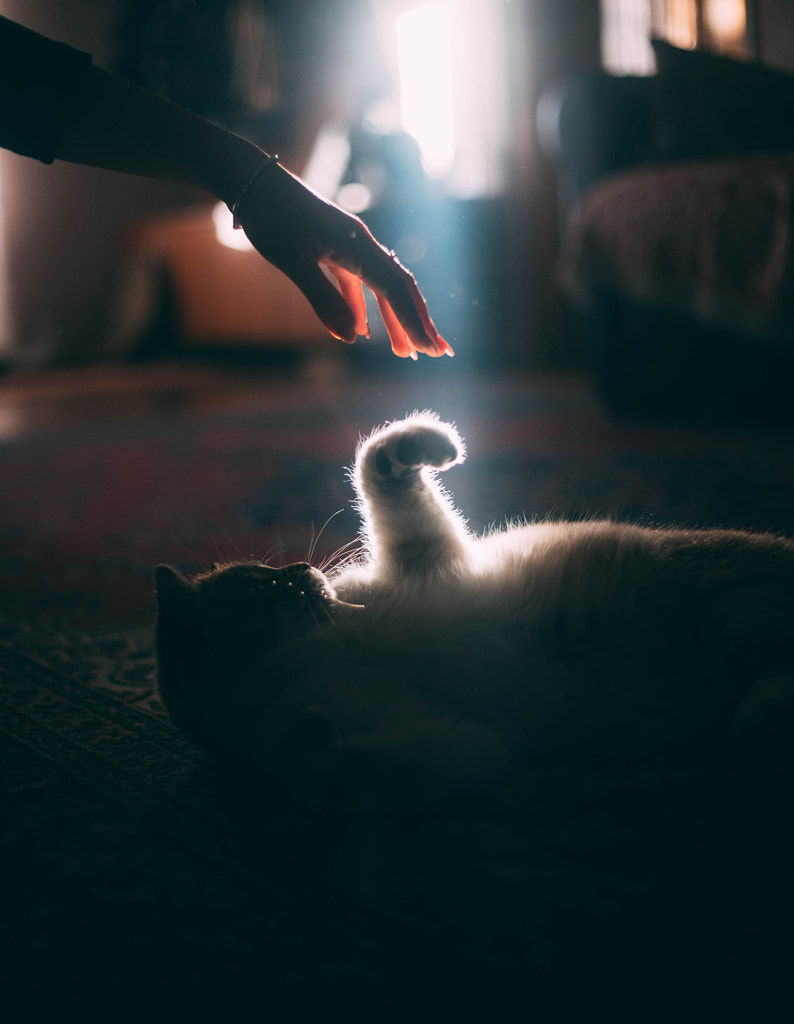
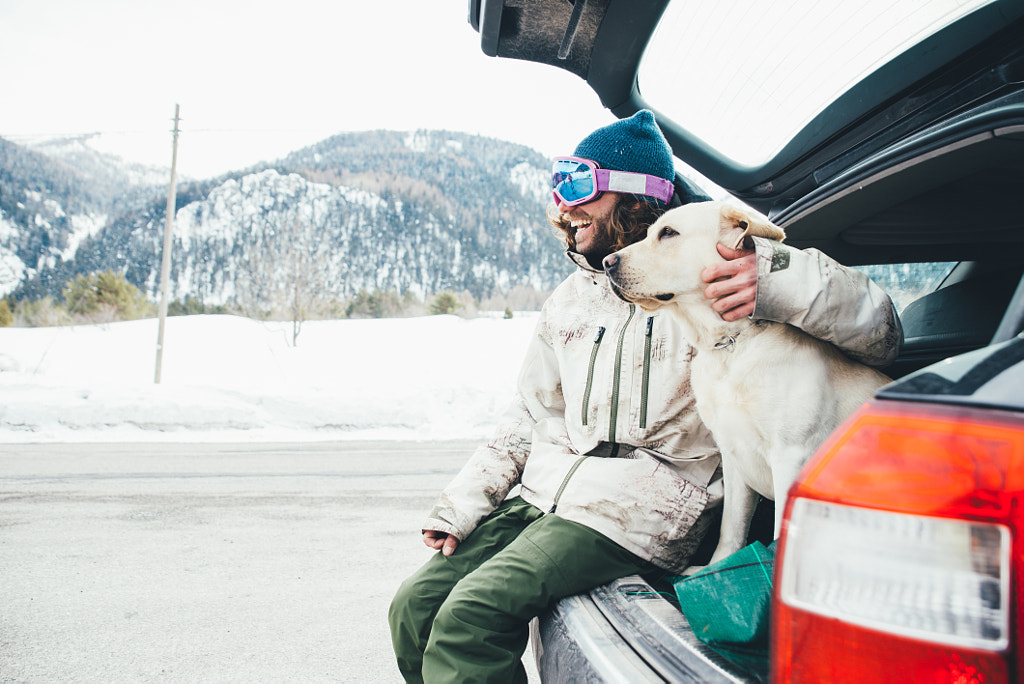
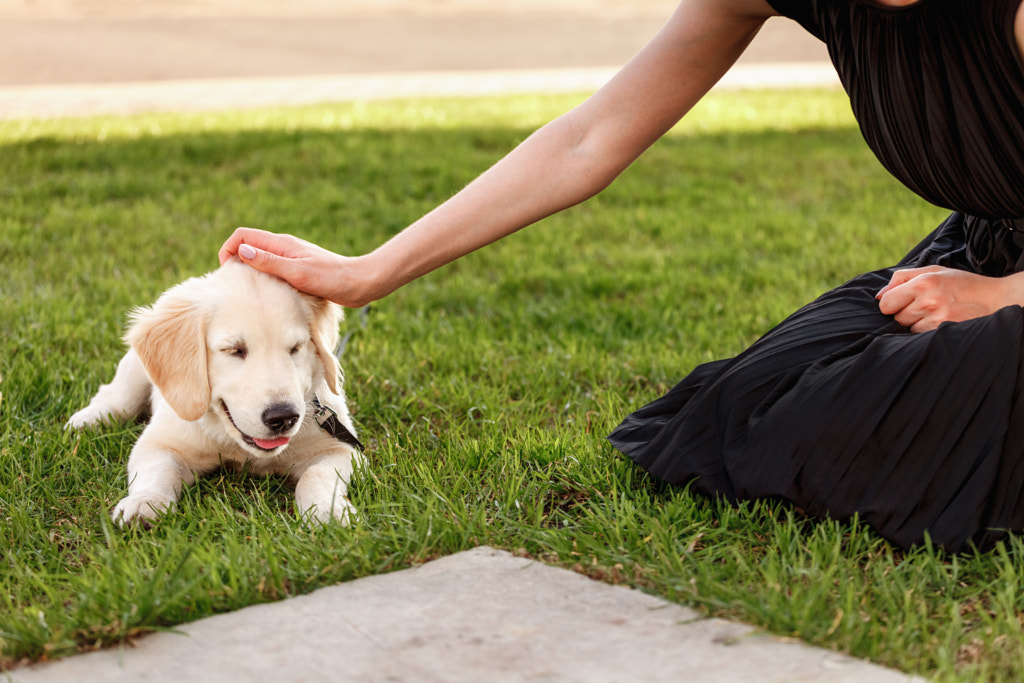
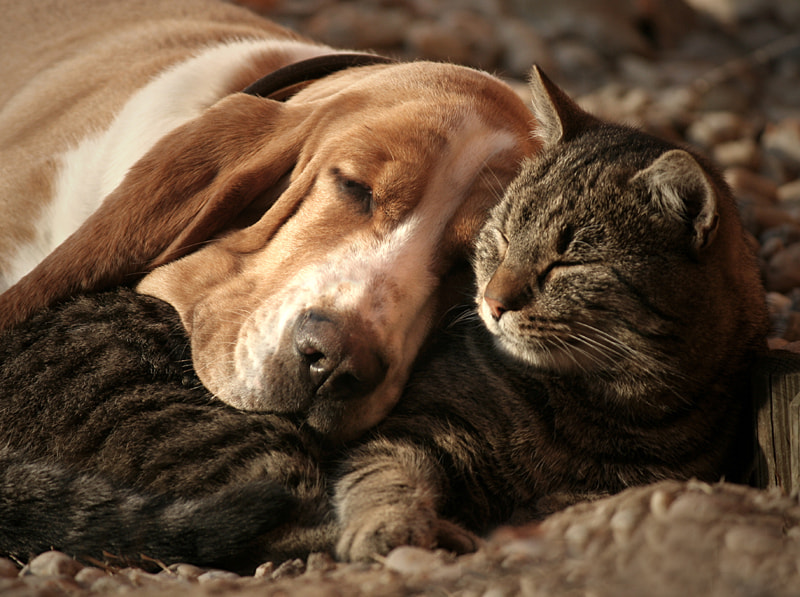
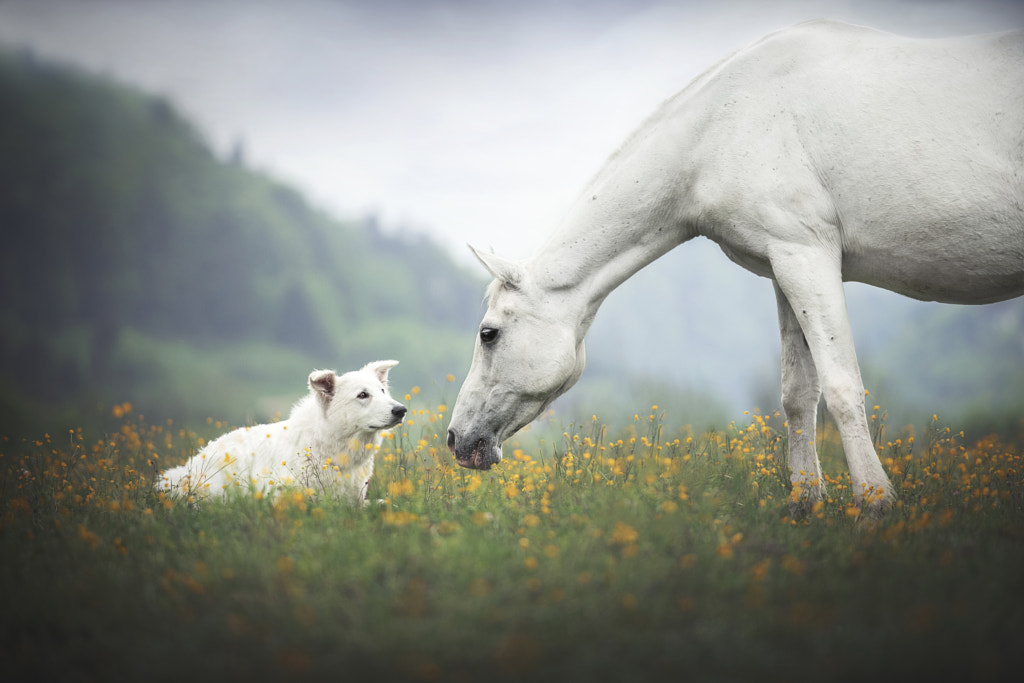
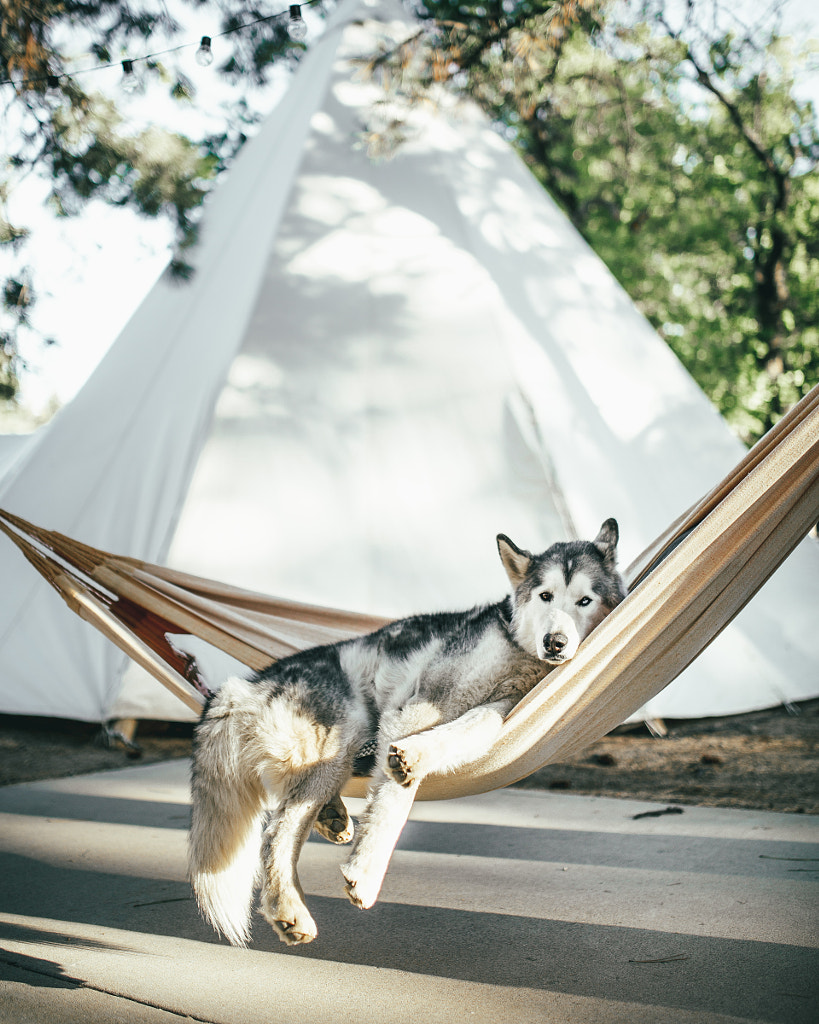
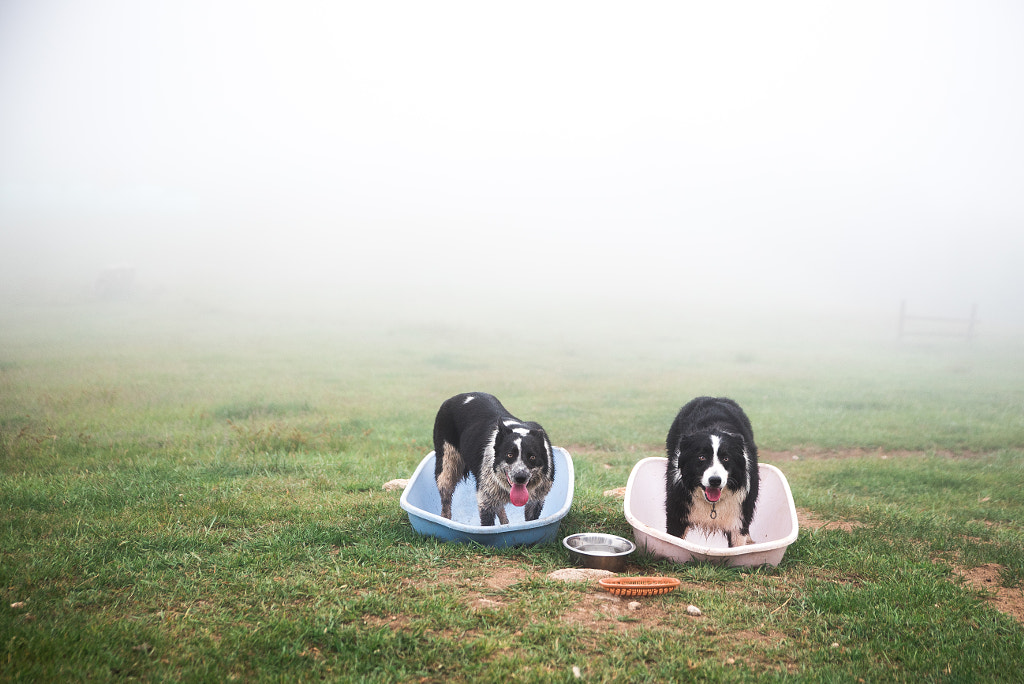
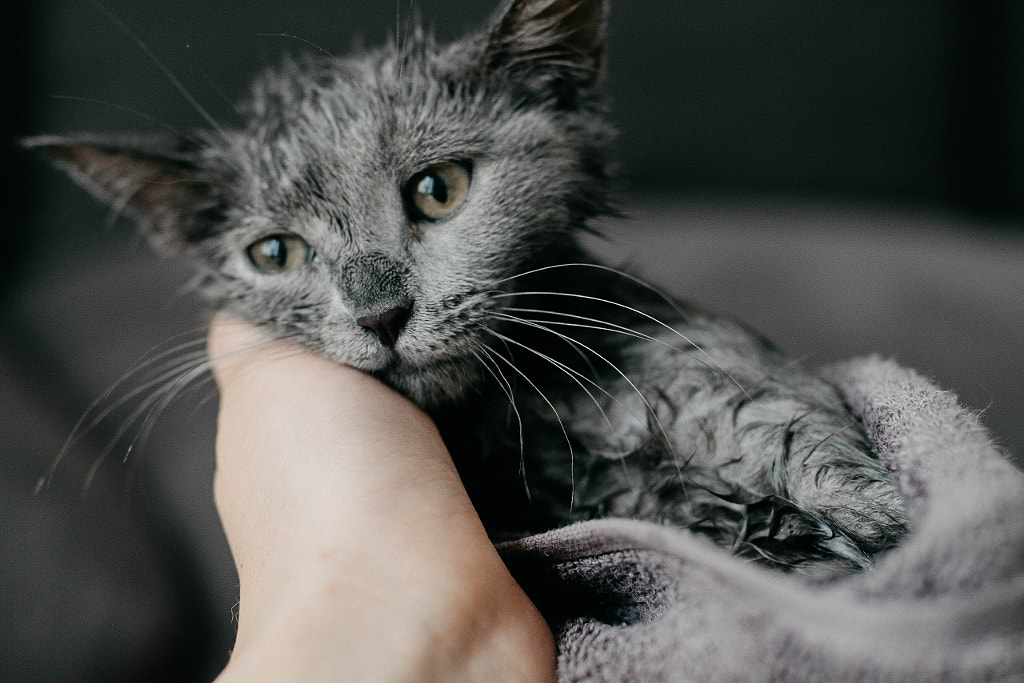
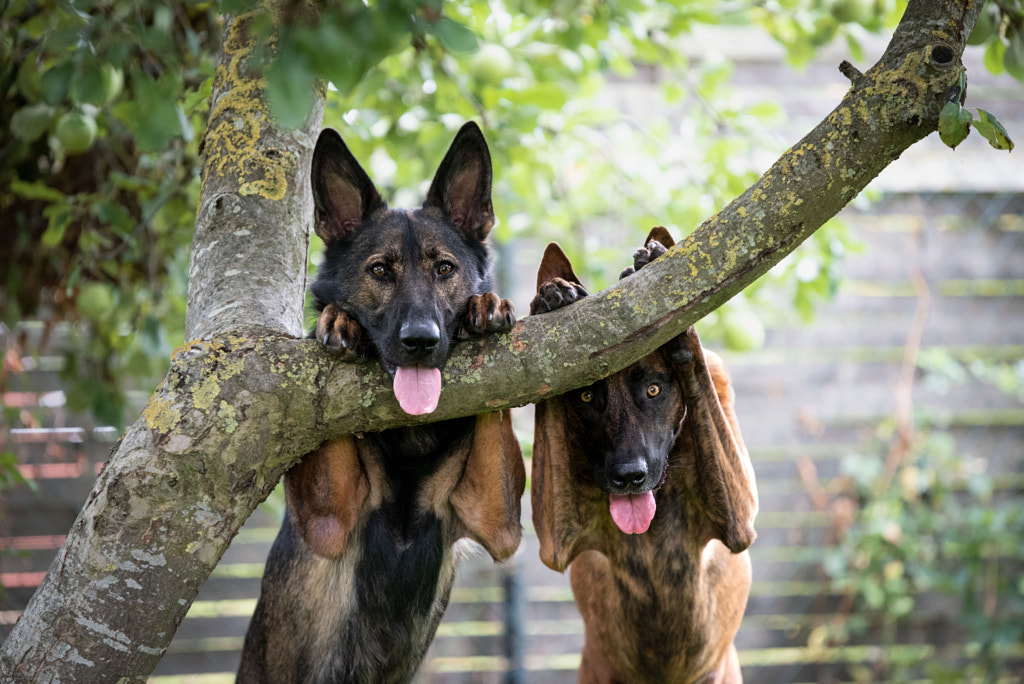
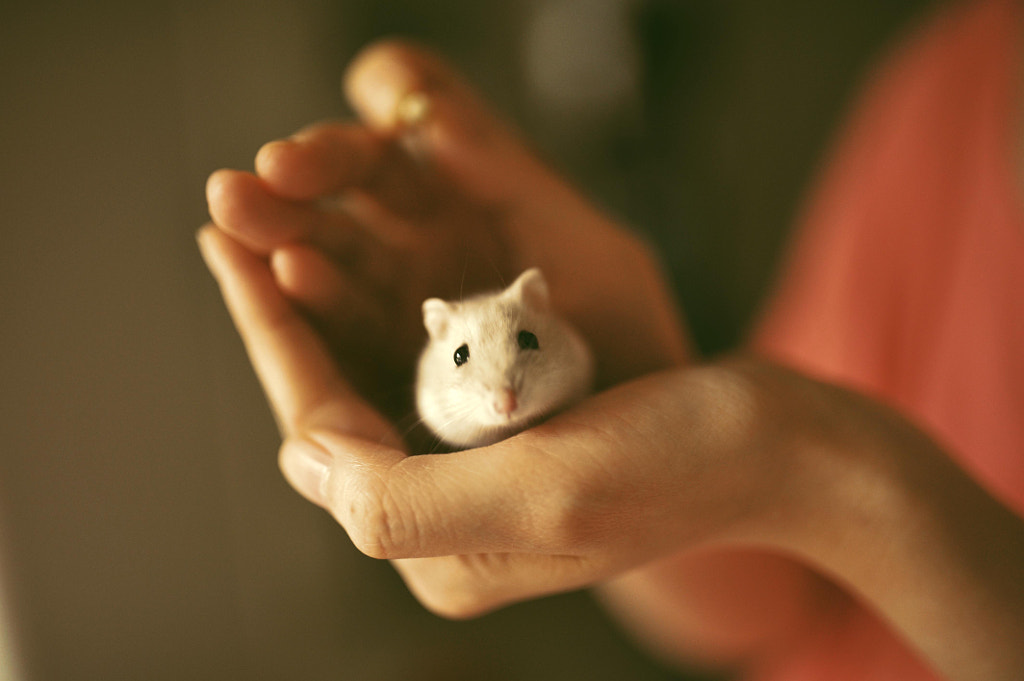
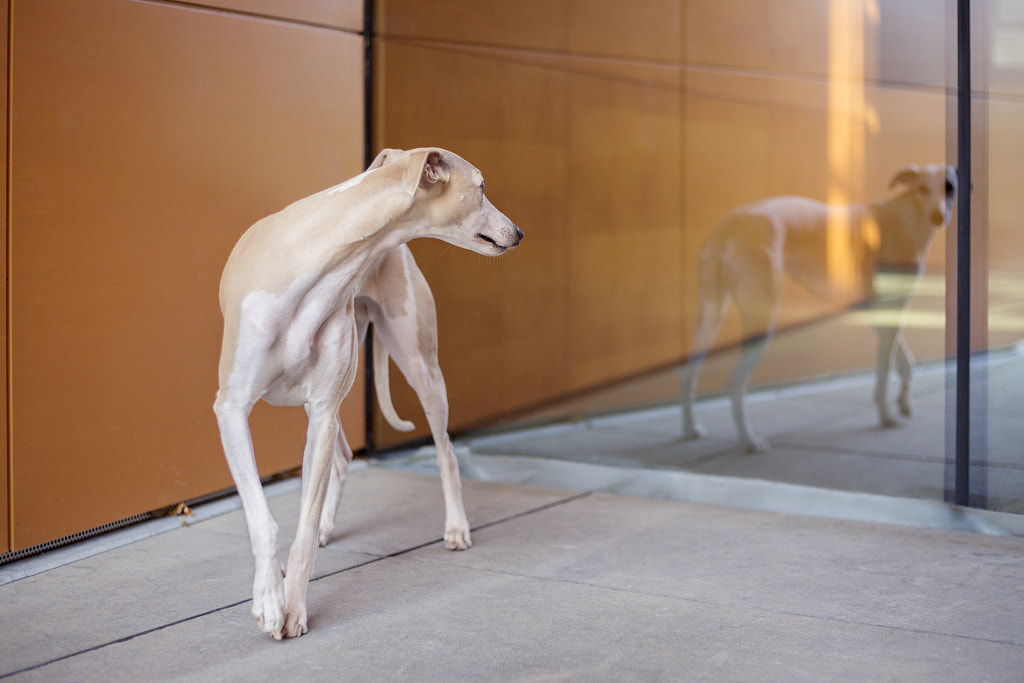
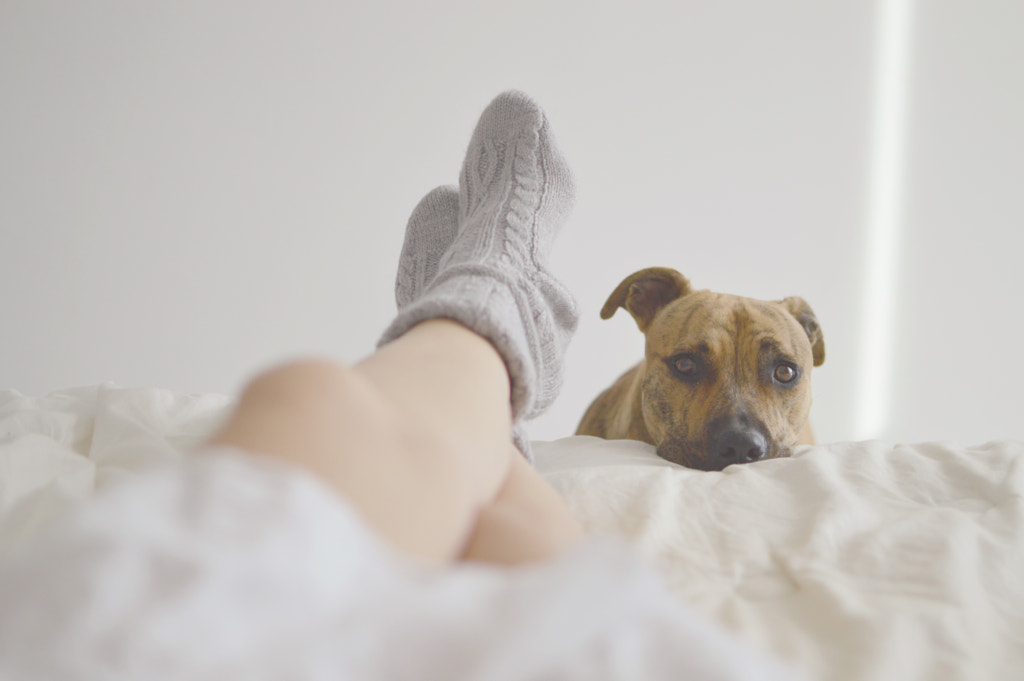

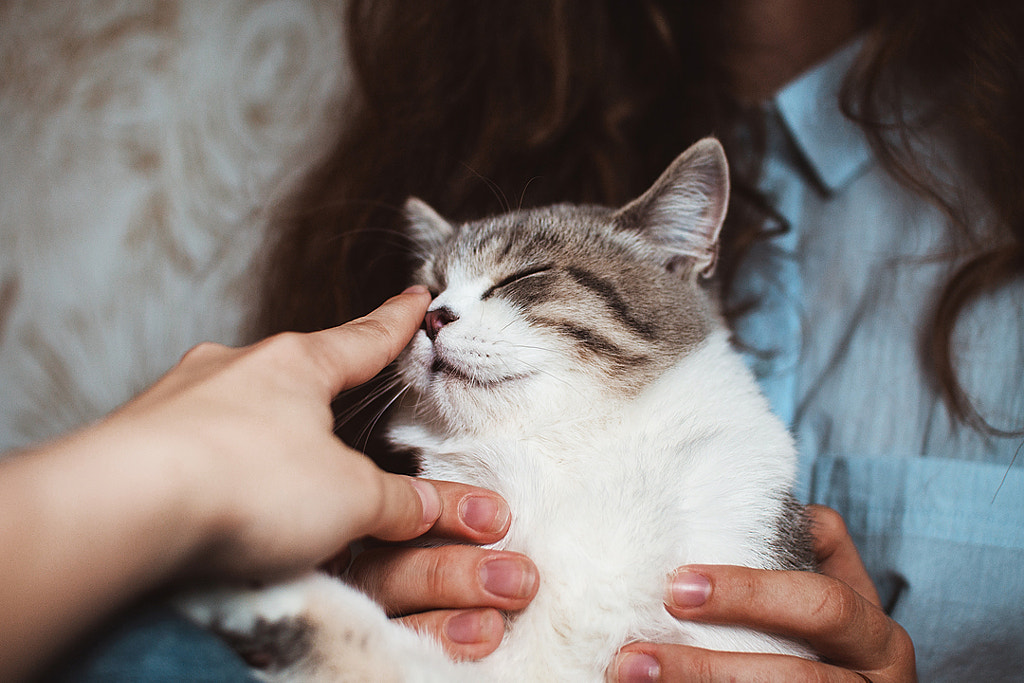


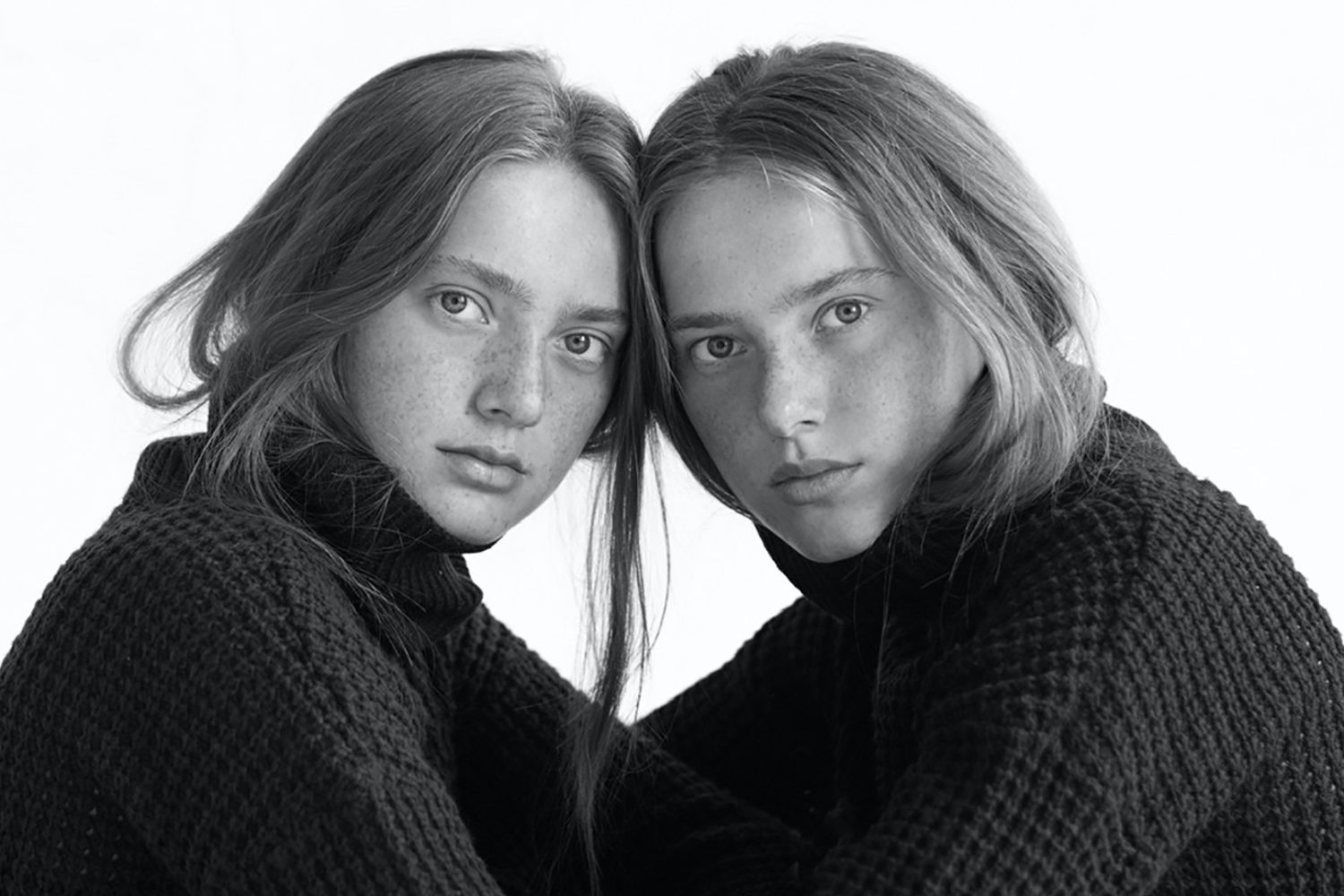

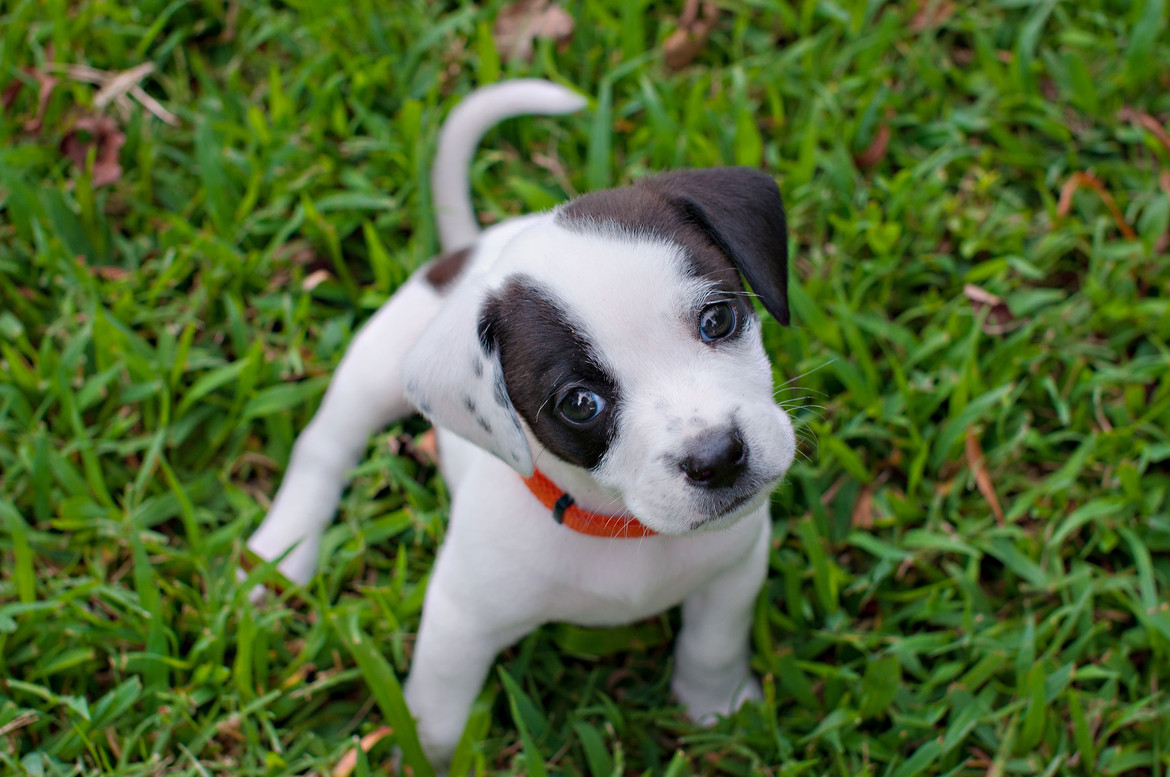

Leave a reply